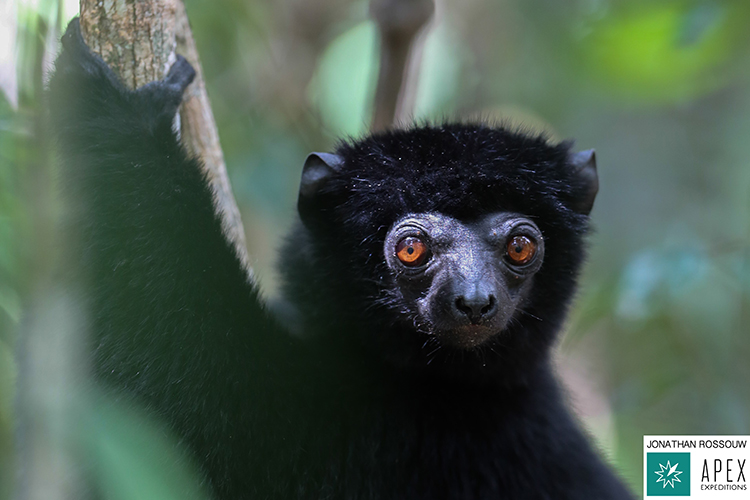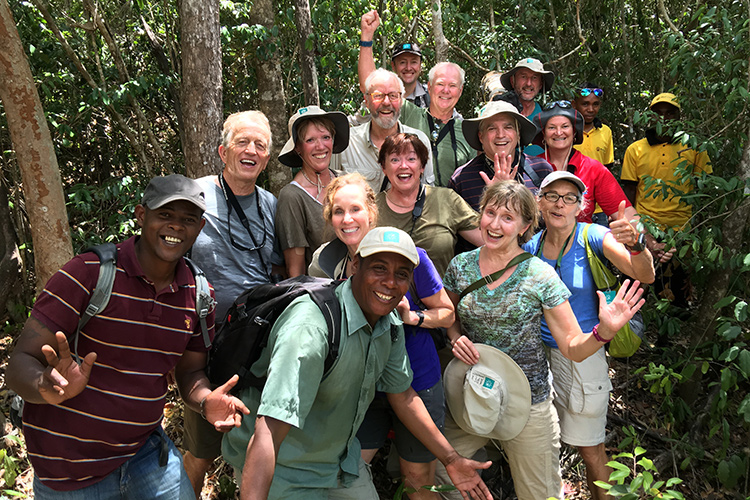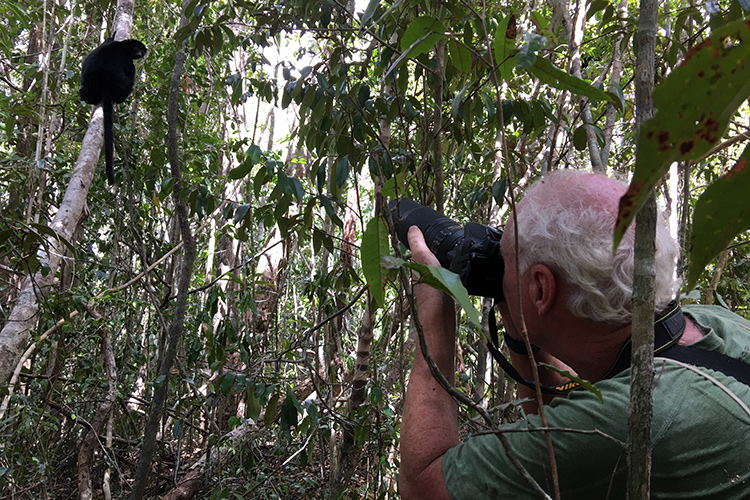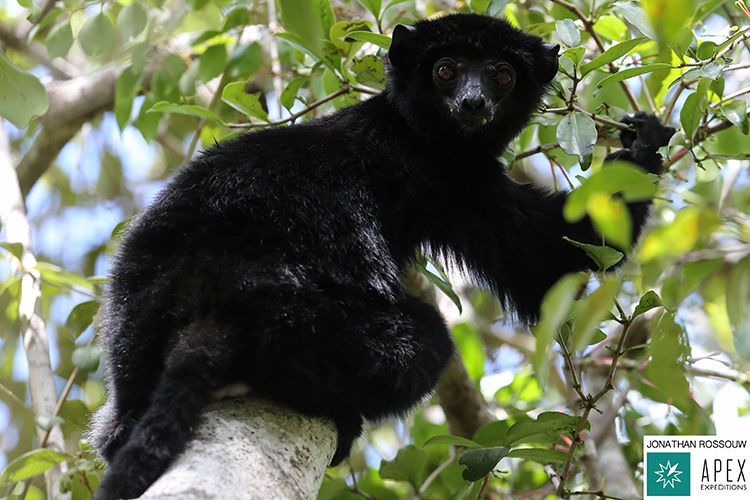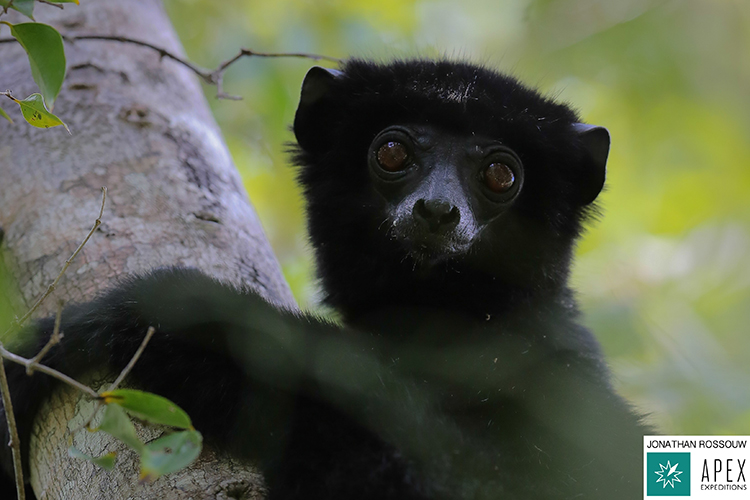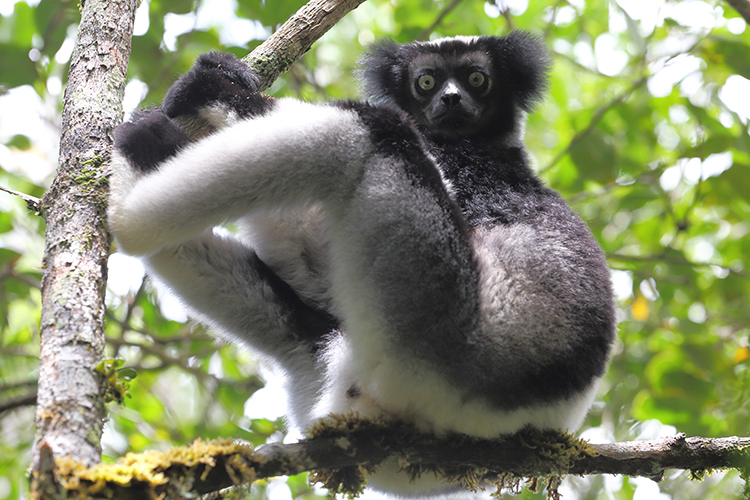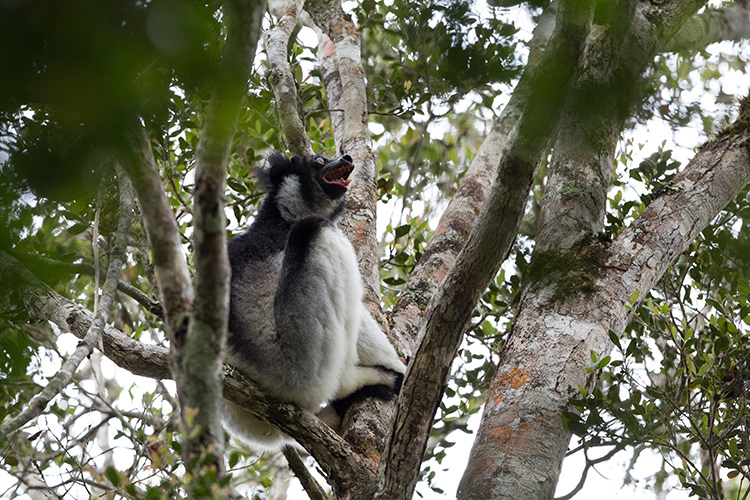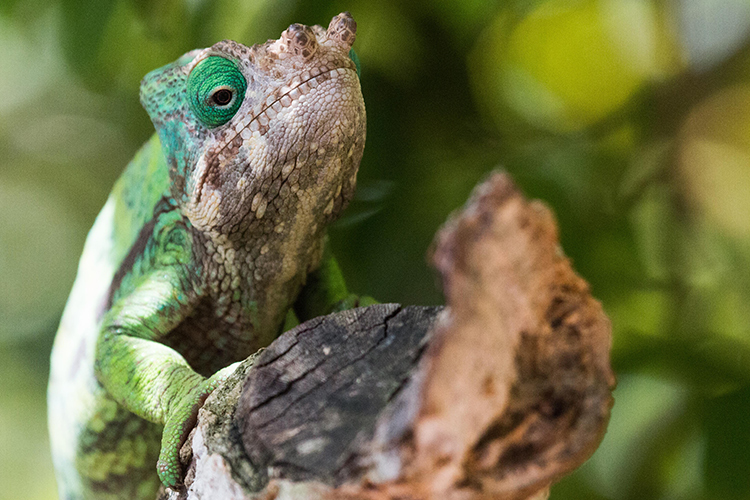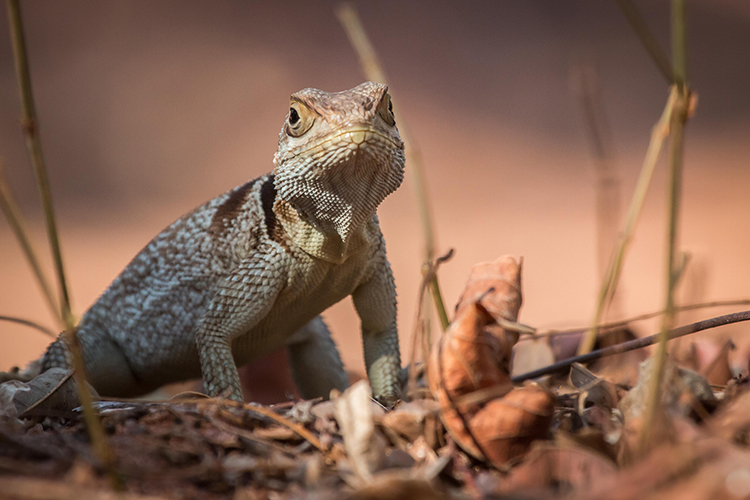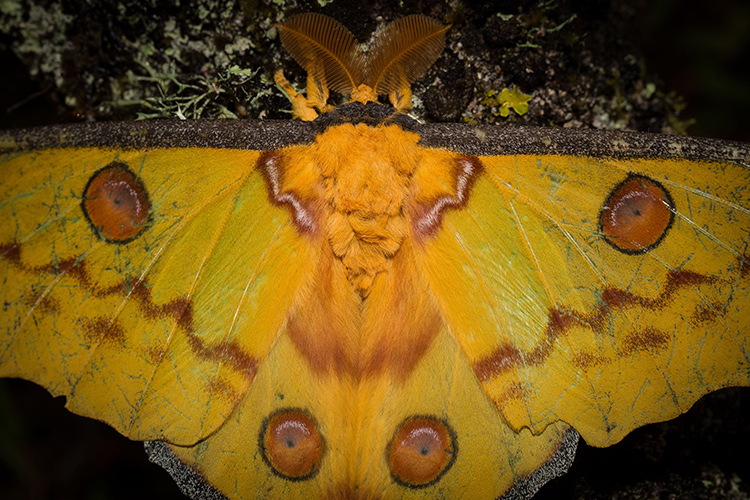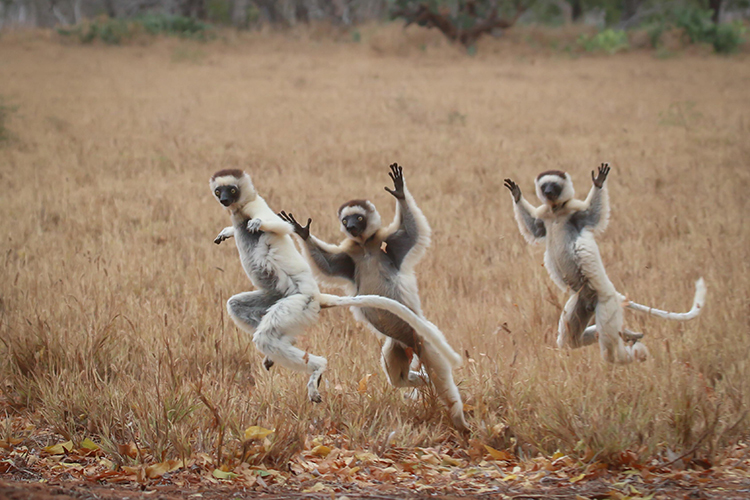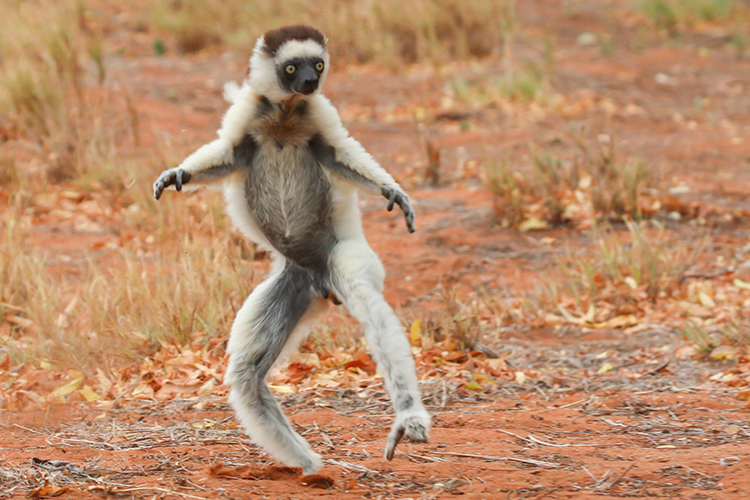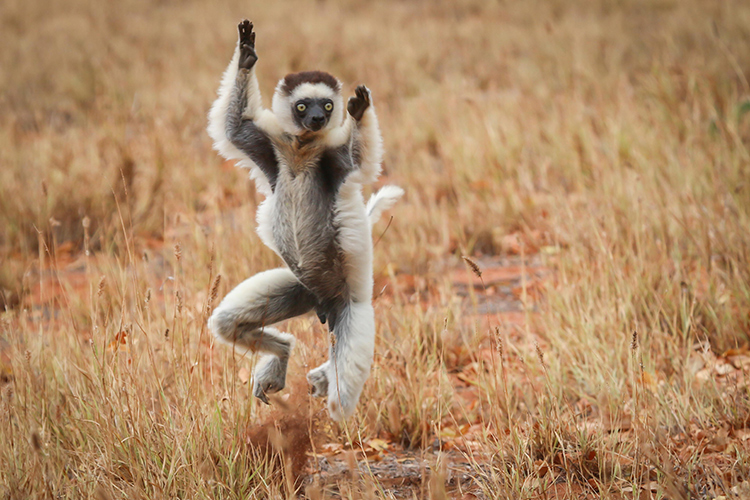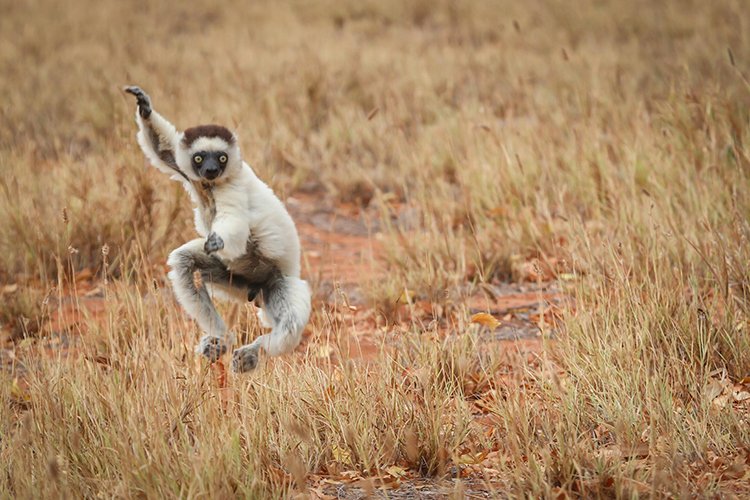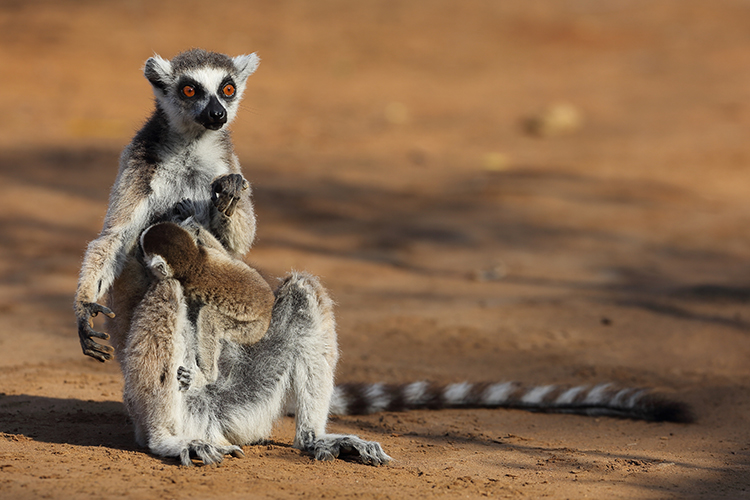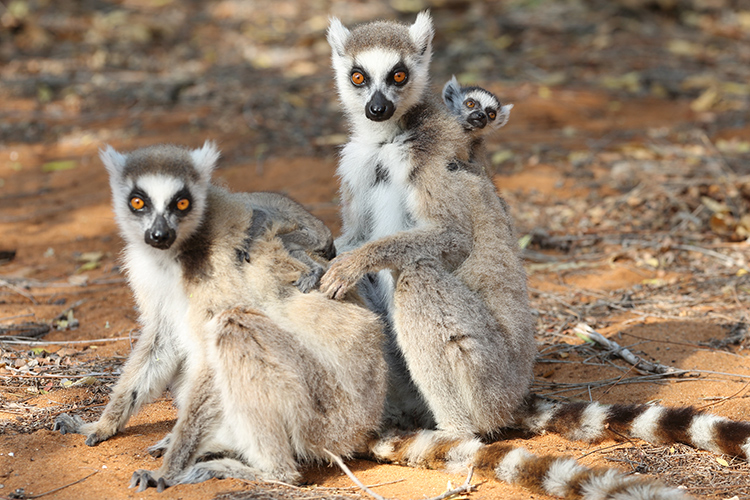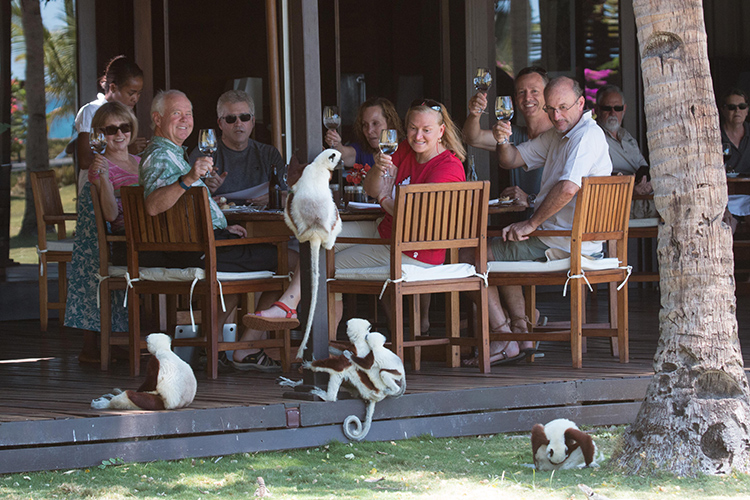Madagascar: Best Wildlife Destination on Earth
Posted by Jonathan Rossouw
in Africa
Apex co-founder Jonathan Rossouw discusses the ecotourism successes, along with current challenges, facing Madagascar, arguably the best wildlife destination on earth. Field journal and photographs from September 2017 Apex expedition led by Jonathan and Marco Tonoli.
Where is my Favorite Wildlife Destination?
Two of the questions I’m most frequently asked by inveterate wildlife travelers during dinners onboard expedition vessels are “Where is your favorite wildlife destination of all?” And, “Is there anywhere we should see soon that we haven’t already seen?”
By rights, this should be a tricky question, given that I spend most of every year exploring the wildest parts of the globe. Many and varied are its corners. But it’s not. My response is consistent, and instant. “Have you visited Madagascar? It’s like the Galápagos, only on steroids”. To the half-cocked eyebrow or quizzical expression, I go on to explain.
“Consider an island 1,000 miles long and 250 miles wide, an eighth continent, if you will, cast off the African mainland during the splintering of Gondwana 160 million years ago, and floating in splendid isolation ever since. So splendid, in fact, that this evolutionary wonderland’s answers to the Galápagos’ Marine Iguanas, Giant Tortoises and Blue-footed Boobies are even more startling, more wondrous!
Wildlife Found Nowhere Else on Earth
Although Charles Darwin sailed right past Madagascar, he sadly didn’t have a chance to savor its natural treasures. I like to think, had he done so, that they would have been responsible for his famous epiphany. Rainbow-hued chameleons, the length of your forearm; jewel-like ground rollers, peculiar mesites and a mind-boggling multiplicity of vangas, amongst a full five bird families found nowhere else on Earth. And what about the bizarre Cuckoo Roller, a full bird ORDER endemic to the island?!”
I now have their full attention, along with that of everyone else at the dinner table. It’s then that I deliver the coup de grace.
“And if you think that snorkeling with sea lions is fun, it is… but it’s nothing by comparison with spending time with lemurs. They are Madagascar’s undisputed ambassadors and, quite simply, rank amongst the most exquisite and endearing life forms on this wondrous planet.”
Challenges Facing Madagascar
Emerging from the economic stagnation of Neo-Marxism under the regime of Didier Ratsiraka in the 1990s to the liberal reforms, hope and progress of Marc Ravalomanana, the country’s prospects looked rosier, with infrastructural investment clearly visible in its roads, schools and clinics, before having its hopes dashed through a coup d’etat in 2009, widely believed to have been engineered by the former colonial power, with ensuing political chaos and further depression of an already desperately poor economy. With few mineral resources, Madagascar’s population of 24 million, half of whom exist on less than $1 per day, depend for foreign revenue on two main sectors: agriculture, from vanilla, cocoa and coffee, all vulnerable to the vagaries of global demand and severe, increasingly frequent Indian Ocean cyclones, and, more importantly, tourism, especially ecotourism focused on its wildlife assets.
Despite a decade of political shenanigans and the fact that the area under natural vegetation still existing on the “Big Red Island” has dropped from 7% in the 1990s to barely 4% today, so wonderful is the wildlife in these tiny, relict fragments that ecotourism has continued as the mainstay of the economy, providing countless jobs to local guides, revenue to the parks, and a trickle-down effect into the poorest communities that surround them.
Relying on Ecotourism
At this juncture, it would be useful to turn attention to the 300-pound gorilla in this blog: the Plague. To put this issue into careful perspective, this was the 20th year anniversary of my first visit to Madagascar. Since then, I have guided over 40 trips, by ship but mostly by land, and this latest Bubonic Plague outbreak speaks volumes of the hardships and challenges faced by the country and its people.
They desperately need the ecotourism dollars to keep flowing, which makes the publicity surrounding the Bubonic Plague of 2017 all the more tragic. Plague in Madagascar is not new; it is endemic (in the medical sense, meaning present year-round) in the local rodent population, with annual outbreaks of varying extent, usually at the end of the winter dry season, when rodents enter the fringes of human habitation due to the lack of rice in the paddies, exposing people living in areas with poor sanitation to the fleas that transmit the disease. The difference this year is not that an outbreak occurred, but that the outbreak occurred in August, early in the “plague season”, when a man infected in a rural part of the highlands travelled through the national capital of Antananarivo, infecting multiple contacts, who then transmitted it further, through respiratory spread. The fact that this outbreak, like those before it, has no risk of spreading to any tourist, or that infection is easily prevented with the use of daily Doxycycline (a commonly prescribed drug for malaria prophylaxis) is never mentioned in news reports. The world media is desperate for “news”, and the sad outcome has been mass cancellation of travel to the country this year, with all the economic fallout.
Chameleons, Rare Lemurs and “Dancing” Sifakas
Naturally, our trip went ahead without incident. In fact, this year’s Apex pilgrimage to Madagascar was a dream. Our route remained the same as previous years, being the most comprehensive two-week exploration possible. From cool forests atop Amber Mountain and Ankarana’s jagged limestone massif in the north to the fascinating “spiny desert” and gallery woodland of Berenty in the south, the massively rich rainforests of Perinet and Mantadia in the east to the deciduous forest and mangrove-fringed bays of Anjajavy, we spanned the full spectrum of the island’s varied habitats.
What was new is that we decided to add charter flights to minimize our exposure to arduous journeys on a collapsing road infrastructure and the vagaries of Air Mad’s scheduling, which combined with perfect weather and seamless logistics to deliver our enthusiastic group of Apexers a new trip lemur record, both in quantity of species and sheer quality of sightings! Highlights were many, ranging from lemur rarities like Perrier’s Sifaka (one of the rarest of all primates) to the perennial favorites of singing Indris, dancing sifakas, and zenning Ring-tailed Lemurs at the breakfast table. The mating dance of a pair of Blonde Hog-nosed Snakes edged the reptile accolades from a plethora of chameleons and magnificent leaf-tailed geckos. And, in the invertebrate category, an exquisite Comet Moth shared top honors with a fascinating Net-casting Spider. Most rewarding for Marco and me was watching the Apexers’ invariable gasps of amazement as one after another crazy creature revealed themselves, and the group evolved into an ever more full appreciation of the marvel that is Madagascar.
The Best Wildlife Destination on Earth
Madagascar’s wildlife spectacle deserves to rank alongside such “Must Do” destinations as the Serengeti, the penguin-packed beaches of South Georgia, or the Tiger parks of central India. There’s never been a better time to do it, so why not join Apex, tick one more thing off your Bucket List… and help keep Madagascar’s unique and precious wildlife heritage alive?
Learn more about the best wildlife destination on earth on our signature expeditions to Madagascar.

